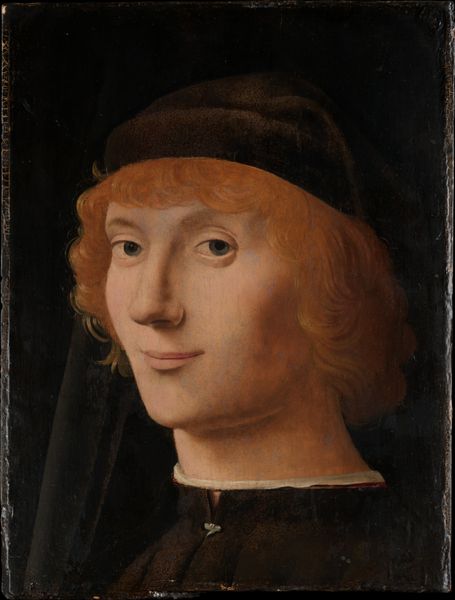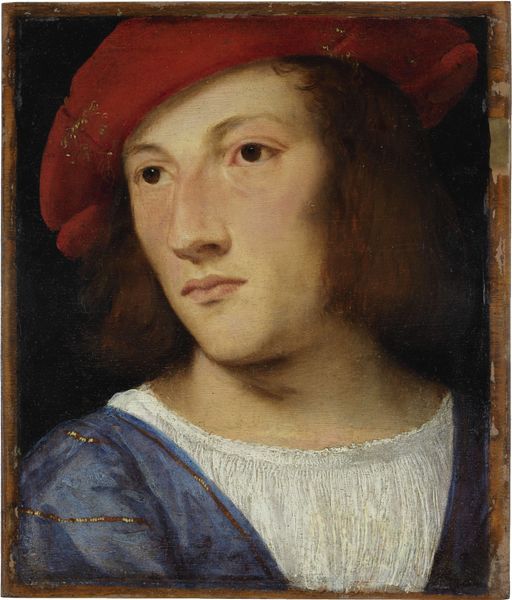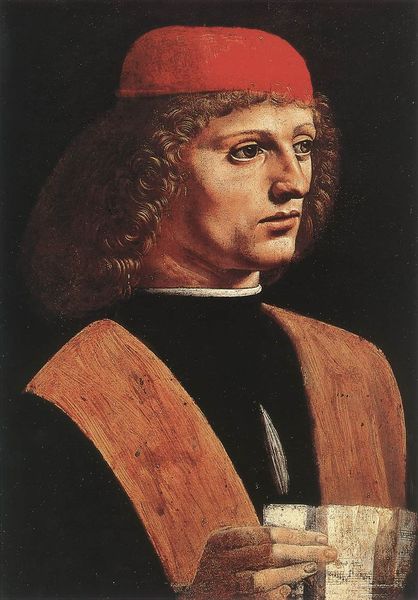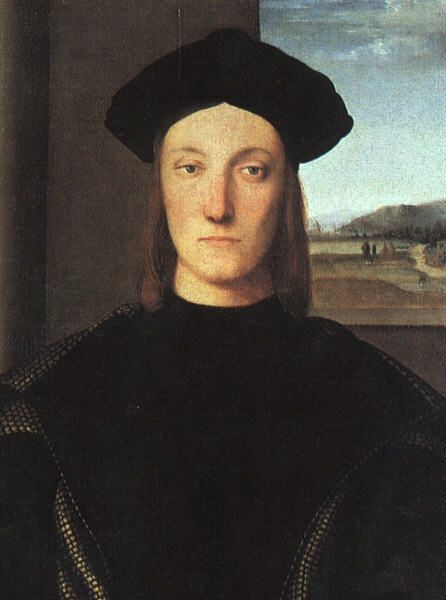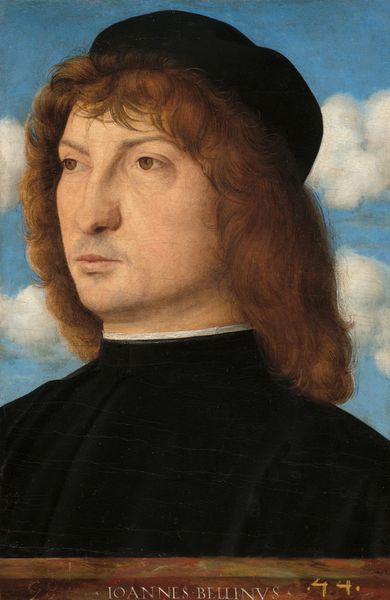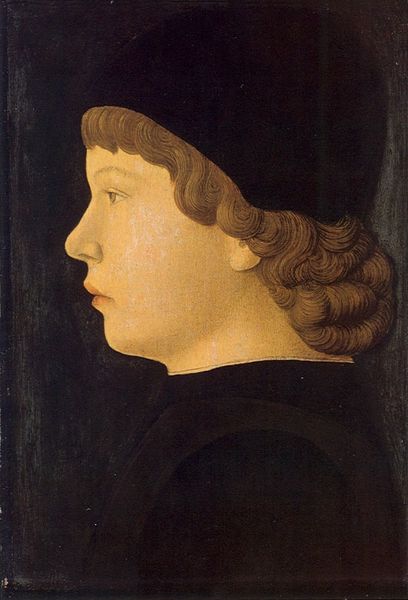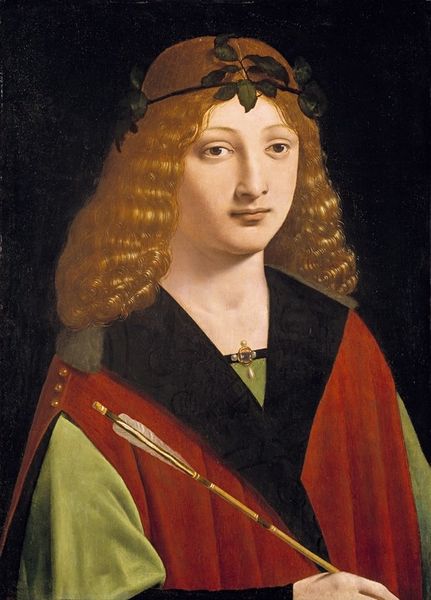
panel, oil-paint
#
portrait
#
panel
#
oil-paint
#
figuration
#
italian-renaissance
Dimensions: 27 x 20.6 cm
Copyright: Public domain
Editor: Here we have Antonello da Messina’s "Portrait of a Man," painted around 1470 with oil on panel. He has such a knowing little smile, almost secretive. What do you see in this piece? Curator: Well, beyond the obvious technical skill, consider the context. We are looking at the burgeoning Renaissance, where notions of individuality are taking hold. But *whose* individuality? Portraits like these often represent the elite. I’m intrigued by who this man isn’t - he's not adorned with overt symbols of wealth or status beyond his clothes, unlike many earlier commissioned portraits. Doesn’t this imply a shifting dynamic in the art world and beyond? Who was commissioning art, and what messages were they trying to convey? Editor: That's a really good point, because you can imagine that someone rich would ask the artist to put something like jewels and gold. Curator: Exactly. So, how does this influence our understanding of Messina's work here? Is he making a deliberate commentary, or simply reflecting evolving social structures? The quiet simplicity perhaps becomes radical in its own way. Also, notice his gaze. It's direct, unwavering. In earlier eras, the subject’s gaze may have been averted, perhaps suggesting humility or deference. Editor: That's interesting! The idea that the way he's looking challenges those historical portrayals... it's more than just a painting of a face, isn't it? Curator: Precisely. It asks questions about power, representation, and the construction of identity during a pivotal time. Thinking about this from the viewpoint of today we have different social hierarchies so it could spark interesting conversations on our social dynamics as well. Editor: I see the portrait in a new light now. It makes you really wonder what Messina intended, and how those messages resonate across centuries. Thank you! Curator: It was my pleasure. Engaging with the past to understand the present – that's where art history becomes truly alive!
Comments
No comments
Be the first to comment and join the conversation on the ultimate creative platform.
